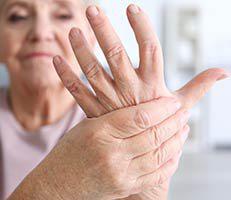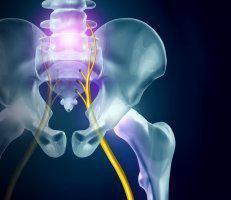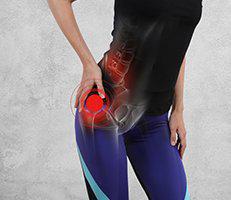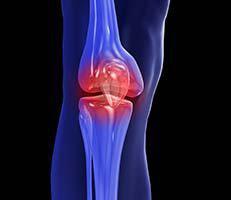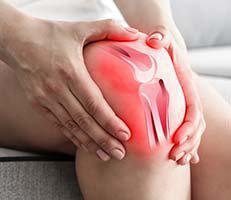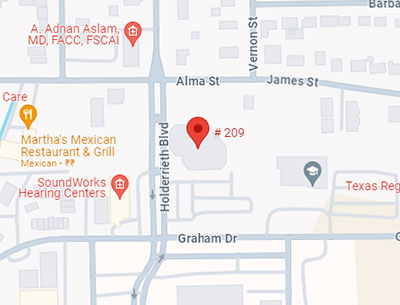WHAT IS JOINT PAIN?
One of the leading causes of disabilities that patients suffer from is due to joint pain. Musculoskeletal pain, particularly related to the joints in the neck and back, affects millions of people, and is the most common type of chronic pain. Most joint pain is due to some form of arthritis, which amount to over 150 different forms, and affects over half the population who are over 50 years old. Other causes of joint pain may be due to fibromyalgia, chronic lower back pain, spondyloarthritis and psoriatic arthritis, systemic diseases, and crystal deposition disease (chondrocalcinosis or pseudogout).
Other conditions, such as bursitis, gout, strains and sprains can also play a role in joint pain, which can be felt on any part of the body, including the feet, ankles, hands, shoulders, hips, knees, shoulders, back and wrists.
Patients suffering from joint pain may experience reduced mobility in the affected area, and find that their quality of life or ability to perform simple tasks is greatly reduced due to the lack of effective treatment to reduce the pain.
Many describe the pain as burning, sharp, aching, and knife-like.
The joint pain can be intense, impacting physical function, productivity, sleep, mood and concentration.
WHAT IS THE CAUSE OF JOINT PAIN?
Many factors of Joint Pain can be identified as coming from inflammation of the nerve endings in the soft tissues of our body.
WHAT IS ARTHRITIS?
Inflammation in the joints is most commonly due to arthritis, and is caused by certain chemical messengers being released after physical injury.
Gout, a crystal-related arthritis that causes acute painful flares that, if left untreated, can lead to chronic arthritis, is the most common form of inflammatory arthritis.
Other forms of arthritis are autoimmune systemic inflammatory arthritis, the most common being rheumatoid arthritis, which causes joint pain, swelling, morning stiffness and impaired function of the affected joint(s).
JOINT PAIN TREATMENT
- Painkillers – examples include codeine, paracetamol, oxycodone, morphine, or patches containing buprenorphine or fentanyl
- Non-steroidal anti-inflammatory drugs (NSAIDs) such as aspirin
- Steroid injections to the site of pain
- Chronic nerve pain medication
- Antidepressants to support sleep function and aid the brain in controlling sensations from the upper body and limbs
- Transcutaneous Electrical Nerve Stimulation (TENS) can help manage pain by using a TENS machine that sends pulses and nerve endings via pads placed on the skin and altering pain signals sent to the brain.
- Non-chemical, at-home therapies including a heated pad or water bottle may be used
- Ultrasound, laser or interferential treatment may be used by a medical professional
- Physical therapy is also essential in aiding the patient’s recovery in strength and function of the affected area
- Surgery may also provide relief, but should not be the first course of pain-relief treatment sought without discussing other options with a medical professional.
The first step is for Dr. Gohel to thoroughly review your medical history and perform a physical exam. Next is to diagnose the condition and determine the most effective route for treatment tailored to your specific needs. Here are some pain management treatment options we offer that are effective in joint pain relief:
- Epidural Steroid Injections
- Facet Joint Injections
- Nerve Root Injections
- Spinal Cord Stimulation
- Sacroiliac Joint Block
Call Dr. Gohel’s at Pain Specialist Houston to schedule a consultation for your joint pain today. Rest assured that Dr. Gohel’s extensive training and expertise can help you on your journey towards joint pain relief and management.

